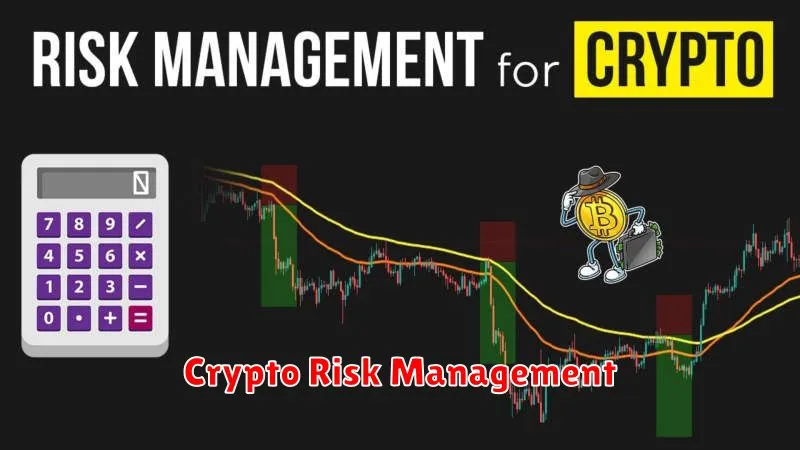Investing in cryptocurrency offers the potential for high returns, but it also comes with significant risks. This article will explore five key risks associated with cryptocurrency investment: volatility, security breaches, regulatory uncertainty, market manipulation, and counterparty risk. We will delve into each risk in detail and provide practical strategies for managing and mitigating these challenges, empowering you to make more informed decisions in the dynamic world of digital assets.
Price Volatility
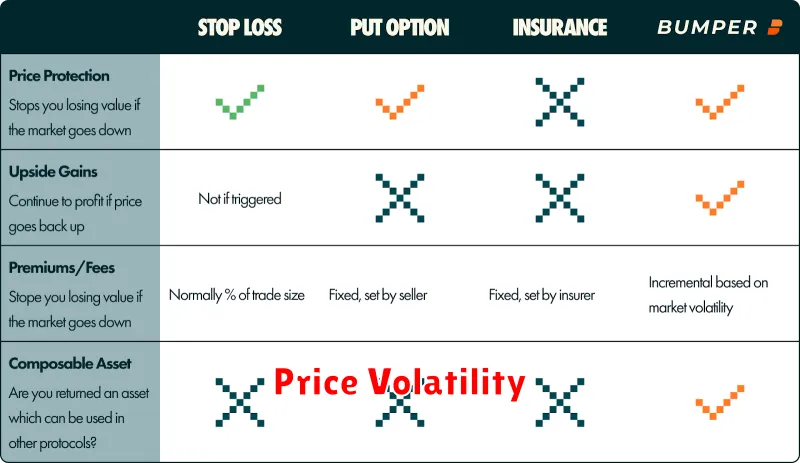
Price volatility is a significant risk in the cryptocurrency market. Unlike traditional assets, cryptocurrency prices can experience dramatic and sudden swings in a short period. This is largely due to the relatively young and unregulated nature of the market, coupled with factors such as news events, regulatory changes, and market sentiment.
Managing this risk requires a conservative investment strategy. Avoid investing more than you can afford to lose, diversify your portfolio across different cryptocurrencies and asset classes, and avoid impulsive decisions based on short-term price fluctuations. Dollar-cost averaging, a strategy of investing fixed amounts at regular intervals, can help mitigate the impact of volatility.
Furthermore, thorough research and understanding of the underlying technology and market dynamics are crucial. Stay informed about industry news and developments to anticipate potential price shifts. Remember, patience and a long-term perspective are essential for navigating the volatility inherent in cryptocurrency investing.
Hacks and Cyberattacks

Cryptocurrency exchanges and individual wallets are prime targets for hacks and cyberattacks. Malicious actors exploit vulnerabilities in security protocols, aiming to steal cryptocurrency holdings. These attacks can range from sophisticated phishing scams to large-scale breaches of exchange databases.
Protecting against these threats requires a multi-layered approach. This includes using strong, unique passwords and enabling two-factor authentication (2FA) wherever possible. Regularly updating software and utilizing reputable security software are crucial. Furthermore, be wary of suspicious emails and websites, and only use trusted exchanges and wallets.
Hardware wallets provide an additional layer of security by storing private keys offline. However, even hardware wallets aren’t completely invulnerable and require careful handling to prevent physical theft or compromise.
Diversification of your cryptocurrency holdings across multiple exchanges and wallets can mitigate the impact of a successful attack on a single platform. This reduces the risk of losing your entire investment in a single event.
Staying informed about emerging threats and security best practices is vital. Regularly review your security measures and adapt them as new vulnerabilities are discovered or new attack methods emerge.
Regulatory Uncertainty
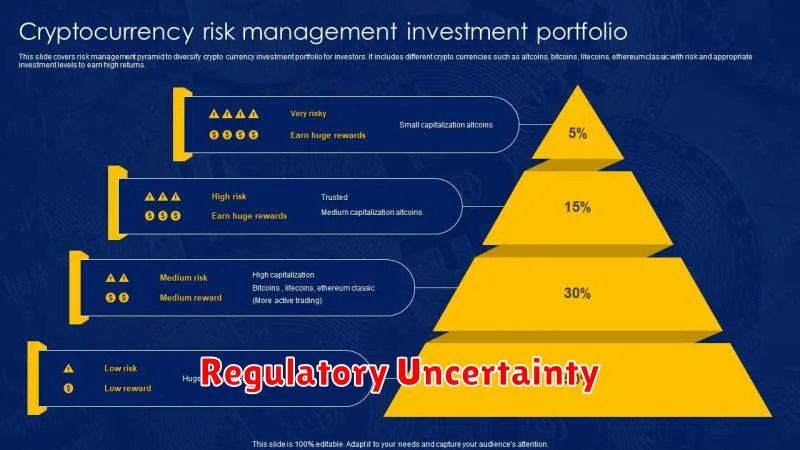
The cryptocurrency market operates in a largely unregulated space, leading to significant regulatory uncertainty. Governments worldwide are still grappling with how to classify and regulate cryptocurrencies, resulting in inconsistent and evolving rules.
This lack of clarity poses several risks. Changes in regulations can dramatically impact the value of crypto assets, potentially leading to substantial losses for investors. Furthermore, legal ambiguity surrounding issues like taxation, security breaches, and consumer protection creates uncertainty for both businesses and individuals involved in the crypto ecosystem.
To manage this risk, investors should stay informed about regulatory developments in their jurisdictions and globally. They should also diversify their portfolios to mitigate losses stemming from regulatory changes impacting specific cryptocurrencies or exchanges. Engaging with reputable and compliant platforms can further reduce exposure to potential legal issues.
Market Manipulation
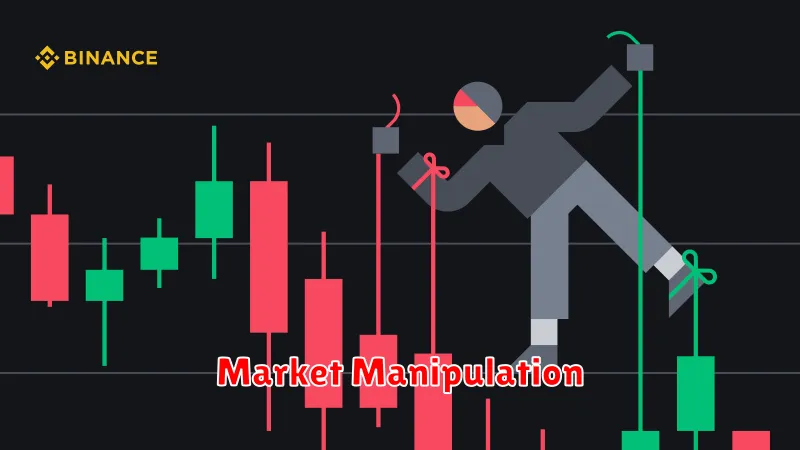
Market manipulation in cryptocurrencies poses a significant risk due to the relatively young and less regulated nature of the market. This involves artificially inflating or deflating prices through coordinated actions, such as wash trading (creating false volume) or spreading misinformation. Such activities can cause substantial losses for unsuspecting investors.
Identifying manipulation is challenging, as it often involves sophisticated techniques masked as genuine market activity. However, unusual price spikes or drops without corresponding news or significant trading volume can be warning signs. Excessive volatility and sudden shifts in trading patterns should also raise concerns.
Mitigation strategies include diversifying your portfolio across multiple cryptocurrencies and asset classes, avoiding highly volatile coins, and conducting thorough due diligence before investing. Staying informed about market news and analyzing trading volume can also aid in spotting potential manipulation attempts. Only invest what you can afford to lose, and never rely solely on social media or unsubstantiated rumors for investment decisions.
Loss of Private Keys
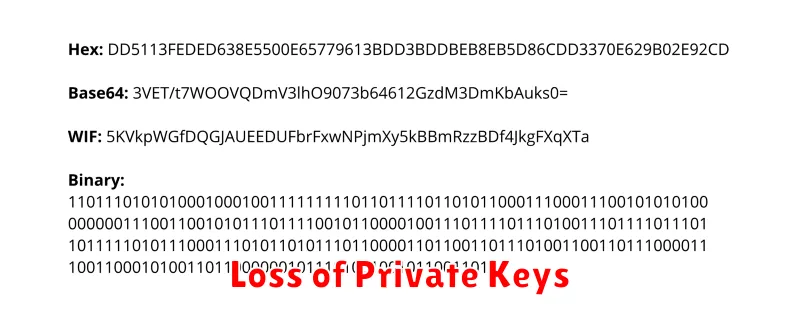
Losing your private keys is the most significant risk in the cryptocurrency world. Unlike traditional bank accounts, there’s no customer support to recover your funds if you lose access. Your private keys are essentially the password to your cryptocurrency; without them, your assets are irretrievably lost.
Security is paramount. This includes using strong, unique passwords, enabling two-factor authentication where available, and storing your keys in a secure, offline location (hardware wallet is recommended). Regularly backing up your keys is also crucial, but ensure the backups are themselves secured.
The irreversibility of this loss cannot be overstated. There are no mechanisms for retrieving lost keys, and no authority can restore access to your cryptocurrency. Diligent security practices are the only defense against this potentially devastating scenario.
